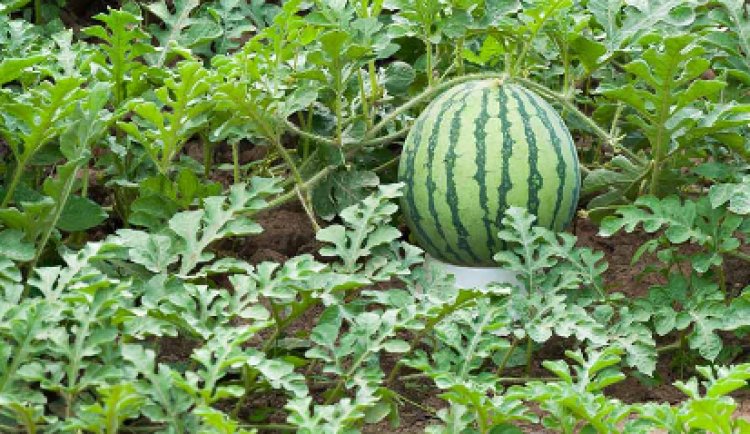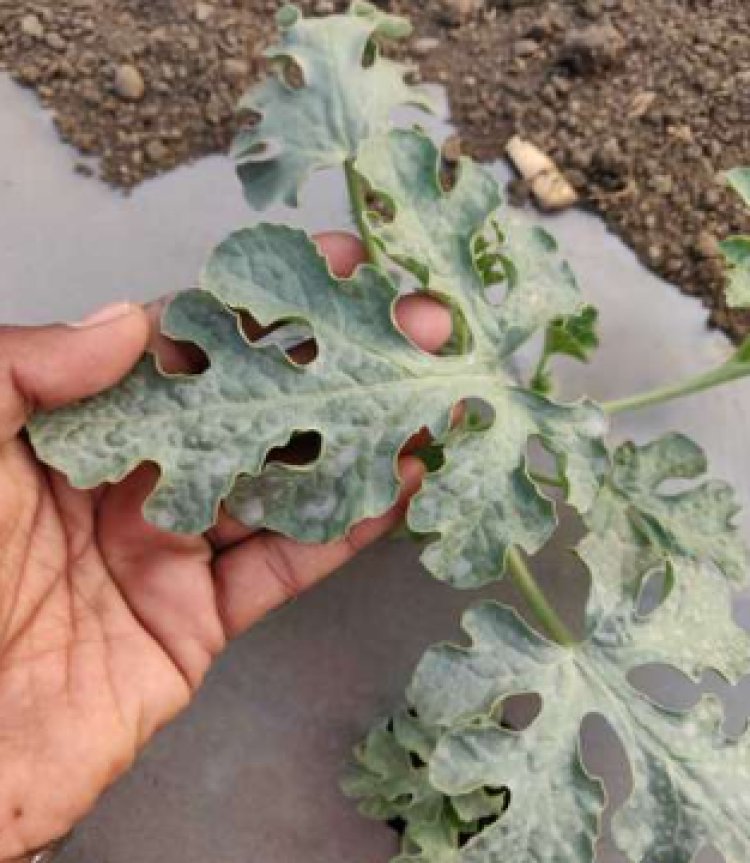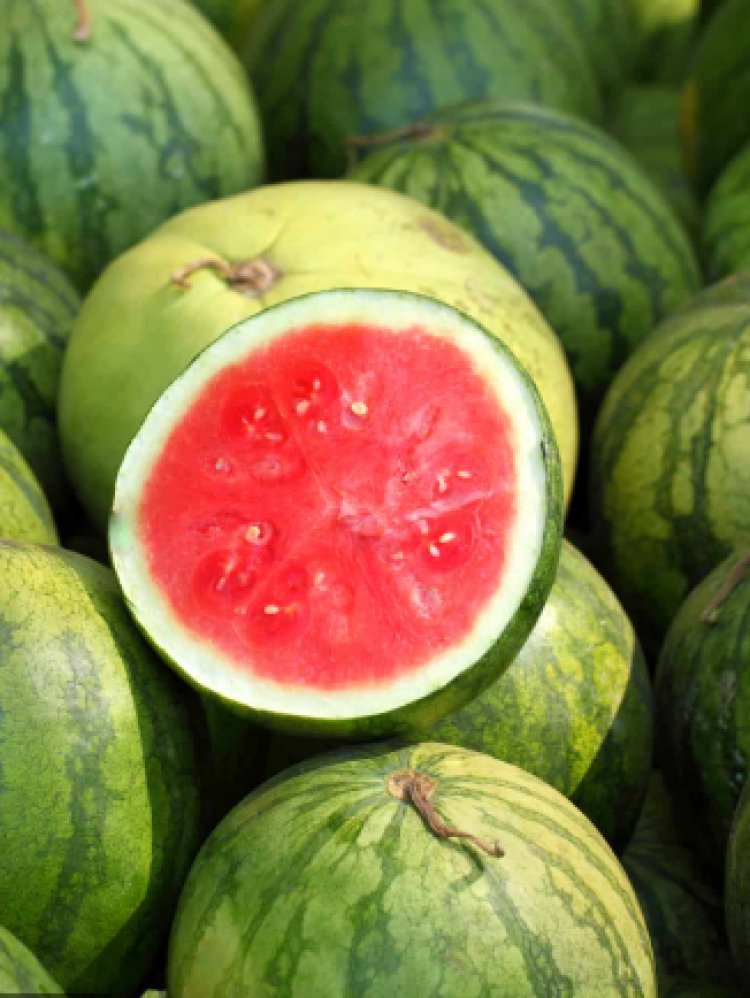A Guide To Growing Melons
One of the most favored fruits to grow in the right growing season are melons. They come in a wide variety of sweet flavors but can all be planted under the same planting and growth circumstances.

You can successfully grow melons from melon seeds at home in the summer as warmer temperatures and well-drained soil are ideal for melon growth.
Location
The seedlings will require a lot of warmth and sunlight during the day thus for growing melons, for the melons to grow, choose a bright location that gets around 6-7 hours of sunlight each day. You will also need a space of around 4-6 feet per watermelon.
Fertilization
Watermelons require a lot of nutrients. Fertilize your soil using organic fertilizer or compost to provide your soil with the nutrients it needs to grow melons.
Use natural fertilizers that are well-balanced to fertilize your plants every 3 to 4 weeks. To encourage plant development, sprinkle nutrients around the plants.
Growing melons from seed

You can start by sowing the seeds indoors at the end of the rainy season and then transplant the seeds in your garden as soon as the weather warms up.
If the weather temperatures are warmer, you can also begin by sowing the seeds directly into the ground.
When growing watermelons in your raised beds, make soil mounds that are about a foot high and two to three feet broad. Allow a 4 to 6-foot space between each mound to give the melons enough room to grow.
Before planting, add manure to the soil and thoroughly plough it into the soil to ensure proper microbial aeration. Alkaline PH soils are ideal for the growth of watermelons, therefore, it is wise to add lime to the soil in order to keep the PH level alkaline. This needs to be done every three years.
Watering of melon plants
During the summer, water the plants two to three times a week. When it's hot and dry outside, water them more frequently.
Don't overwater your plants because doing so can make your melons rot. Use mulch to assist the soil to retain moisture around the plants.
Reducing the frequency of watering as the fruit begins to ripen is important as it enables the plant to produce melons with more sweetness and flavor.
Controlling pests and diseases

Use row covers to keep insects and diseases away from your melons. If you notice any powdery blotches on the stems or leaves, chop off the affected areas. This can be caused by powdery mildew, a condition that affects melon plants frequently.
Use a natural repellant and take care of your plants to get rid of insects.
Harvesting melons
The maturity of a watermelon varies by variety as there are several species that differ from one another yet all have a maturation time of 80 to 100 days.
The melons are ready for consumption once you can smell the lemon through the skin. After being removed from the vines, the melons will soften and be suitable for consumption.
How to check if your melon is ready for harvest

Turn the fruit over to check for a yellow patch on the side where it is lying on the ground to determine whether it is ready. You can tell a watermelon is mature if it is hard to put your fingernail through it. If they are mature, they are ready to harvest.
You can also test by cutting one to see whether it is ready for harvest. The watermelon can also be tapped; ripe watermelon will sound hollow. The tendrils can also be examined if they are green the melon is not ready but if they are shrunk and brown, the watermelon is ripe or nearly ripe.

























